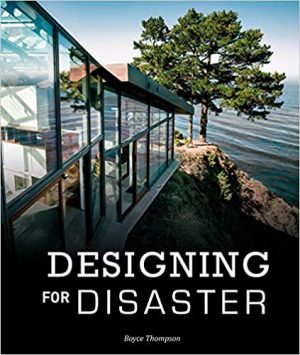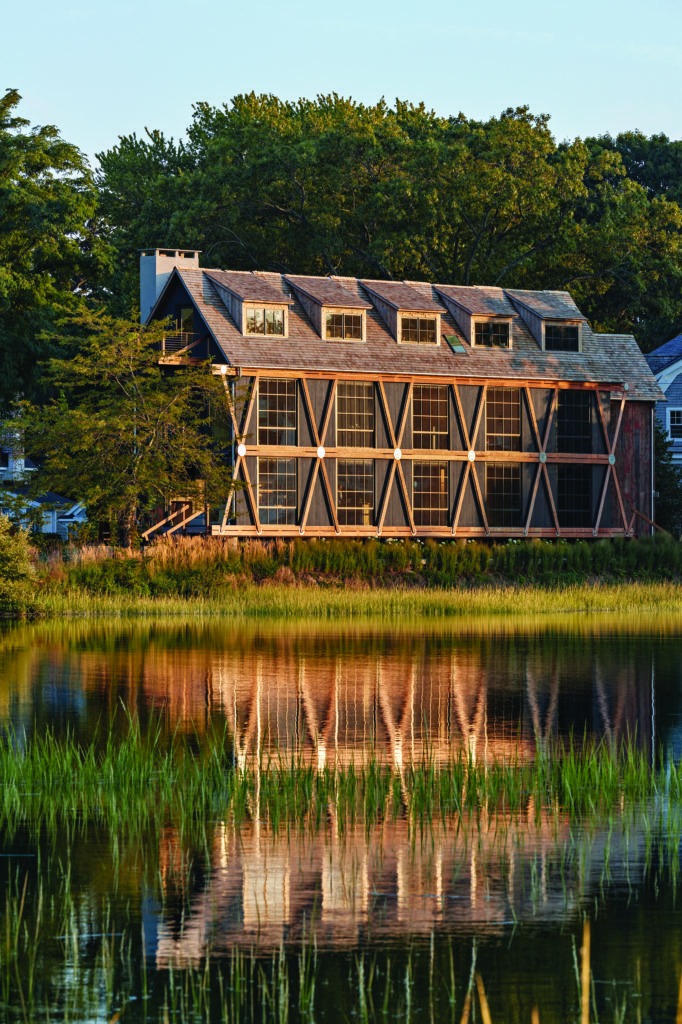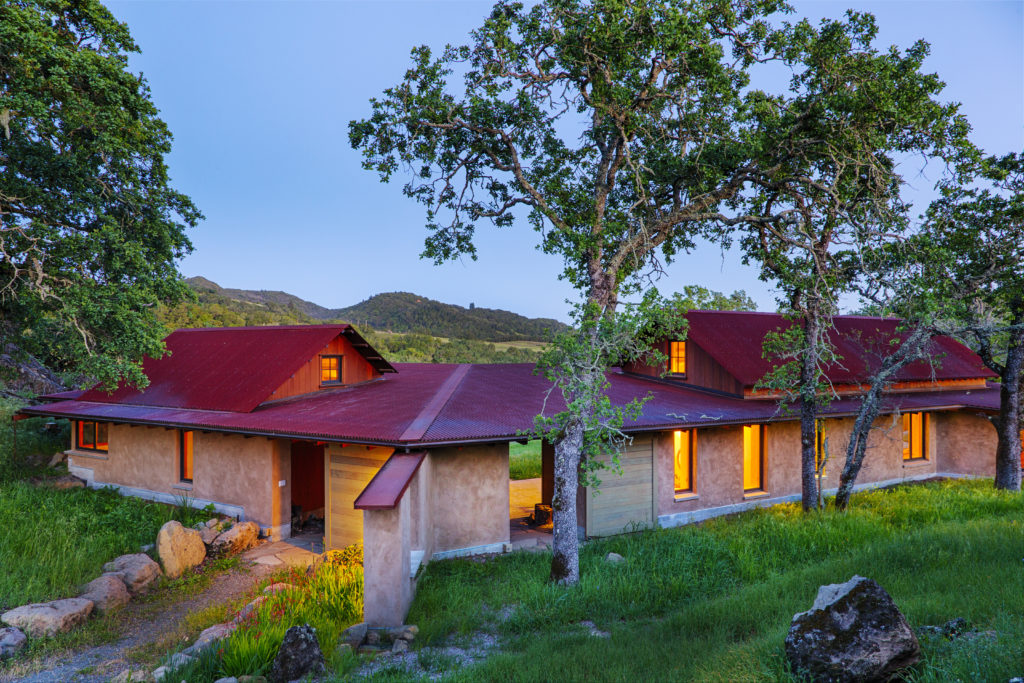My new book, Designing for Disaster, is available for sale on Amazon.com and at your favorite local bookstore. Publication of the book marks the end of a three-year journey into the fledgling practice of resilient architecture. If you are building a new home today, you’ve got a 50 percent chance that it will be the victim of a 100-year storm within the next 50 years. The odds are much higher, of course, if you are building by the sea, within Tornado Alley, or near a forest or earthquake fault line. What’s a better investment — building a home that can withstand a natural disaster or putting a home theater in the basement? I’d say the former.
It wasn’t easy finding homes to profile in the book. Too few resilient homes are being built. To be considered for publication, homes had to meet a three-pronged test. They needed to be as green as possible, so that they wouldn’t contribute to global warming, though it would be hard to make a difference at this point. They needed to resist natural disasters. And they had to operate on their own if a major weather event knocked out utility services.
The homes also had to look good — or no one would buy the book. Finding resilient homes with inspiring architecture turned out to be harder than anticipated. The easy way to meet this challenge is to design a featureless concrete bunker, with limited windows, eaves, and details. Unfortunately, these are the same elements that make homes look appealing and live well. If you are living in the mountains by a forest, you need to be able to see the trees from the house. If you are building a home by the sea, you need to be able to gaze at the ocean.
I found that few new homes are designed to resist all types of natural disasters. Most do one or two things well — like resist flooding and high winds, or earthquakes and mudslides. Local building codes may or may not provide guidance. It’s really up to homeowners, working with diligent architects and builders, to figure out which protective features are needed. An appendix to the book provides a list of resources.
The National Academy of Sciences has clearly linked global warming with the rising tide of most severe weather events. Rising temperatures in the lower atmosphere contribute to severe droughts, extreme precipitation, coastal flooding, and heat waves. But it’s harder for scientists to find a direct link between warmer temperatures and hurricanes and tornadoes. They are complicated events, caused by a variety of factors. But they too appear to be growing in intensity.
Resiliency is a bigger issue than green architecture. Even if every home were built to the greenest standard for the next 50 years, it wouldn’t stop global warming and the growing threat of extreme weather events. Homes need to be built to last, so that can be passed down from generation to generation, in the face of rising tides, Category 5 hurricanes, and burgeoning wildfires.






